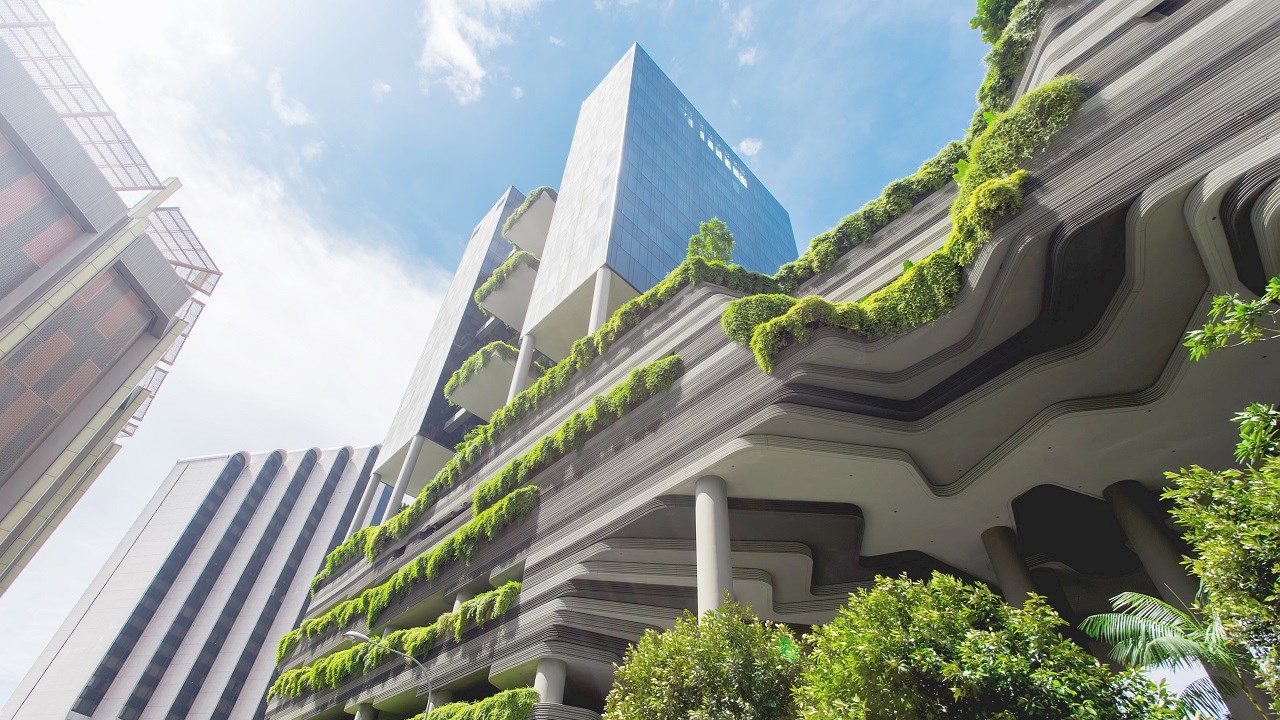Until very recently, the data used to be evaluated a business agreement (competitors, liabilities, prospects, time horizon, etc.) were mainly related to the financial performance that would this agreement generate so as the investor to be able to understand the risk and its prospective returns. ESG though has increased the number of parameters need to be optimised.
Investors now expect information on non-financial issues, often linked to the performance of a company or an investment opportunity in the ESG sector. This comprises plans to achieve net zero emissions, well-being in the workplace, equality between employees, etc.
The problem starts when stakeholders try—and fail—to agree on which non-financial factors are important and, therefore, should be communicated to investors.
However, different views of significance lead to completely different discussions of sustainability. And here is the starting point of the confrontation between simple and double significance.
In the case of, for example, the one-dimensional approach, investors are interested in the impact on the return of an investment, focusing on environmental issues, which include issues such as the risk of sea level rise to coastal properties or technologies favored by legislation to reduce pollution.
On the contrary, with the concept of multidimensional importance, issues such as the impact of an investment on people and society, in addition to the environment, are added to the agenda.
The regulatory framework in both sides of the Atlantic
According to the US regulator, investors need tangible, non-financial information to understand the risk and potential returns on an investment. In contrast, the EU's Non-Financial Reporting Directive - of which amendments will gradually come into force from January 2024 - moves further and expects companies to use a more complex multi-parameter framework. This means that information provided by companies subject to US reporting rules may not be directly comparable to that of companies subject to the European jurisdiction.
However, in addition to the reporting obligation, which depends on each jurisdiction, there are other, non-mandatory standards and indicators that can influence a company's perception of materiality. Case in point, the United Nations Sustainable Development Goals (SDGs), nine of which are positively impacted by the transition to green buildings, according to the World Green Building Council. In the case of the USA, the national Green Building Council (USGBC) has already issued guidance on companies' compliance with the SDGs.
But establishing a consistent system of priorities is particularly important for green building culture, which is based on the idea that conventional buildings have a negative impact on people and the environment.
For this reason, the international LEED certification system has also identified important issues and opportunities, which it calls system goals, that prioritize action on climate, human health, water resources, biodiversity, green economy, community and natural resources, issues that clearly go beyond the criterion of the one-dimensional approach to materiality.
It is a fact that the development of "green buildings" is based on a more holistic and integrated approach to the built environment, according to which the design, construction and operation do not only concern the specific buildings, but also the wider urban environment in which they are part. . Therefore, a green building can and should benefit those who develop it, but also work for the benefit of society and the environment.















